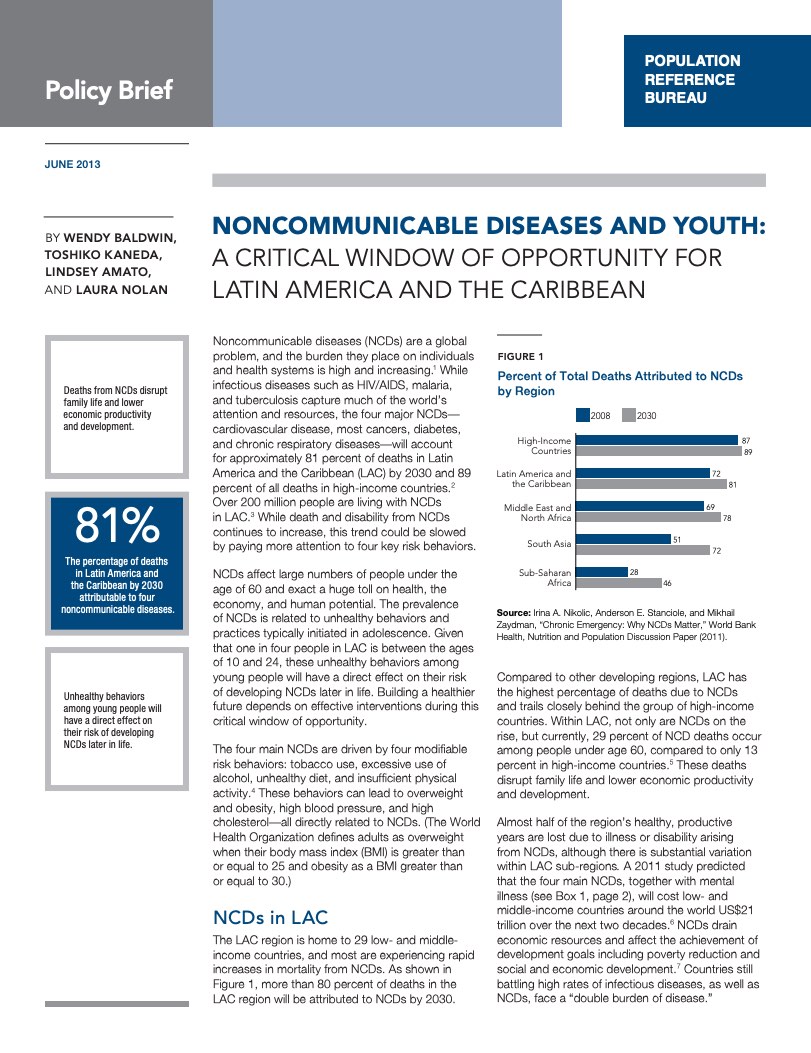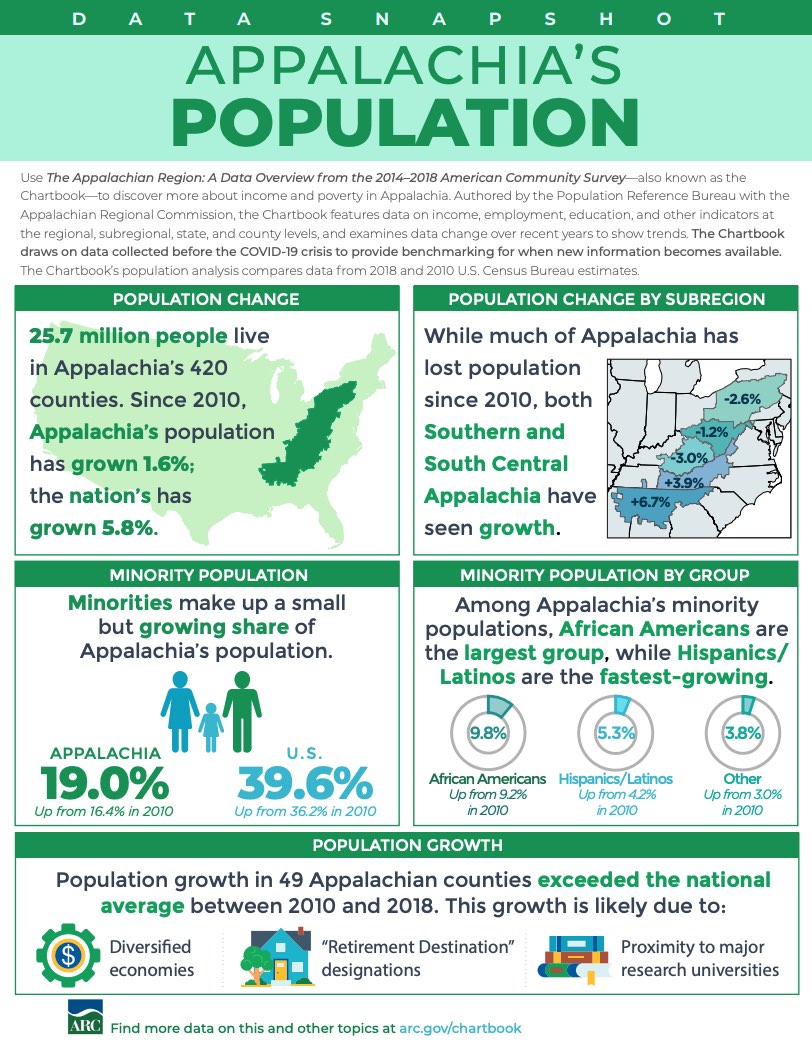Global Aging and the Demographic Divide
(2008) In the latter half of the last century, the world's developed nations completed a long process of demographic transition.1
(2008) In the latter half of the last century, the world's developed nations completed a long process of demographic transition.1

Project: Supporting Population Evidence and Champions in Africa (SPEC)
Ethiopia, with a current population of about 100 million, has achieved gains in several major health indicators.

Project: Combatting Noncommunicable Disease Risk Factors in Youth
(2013) Noncommunicable diseases (NCDs) are a global problem, and the burden they place on individuals and health systems is high and increasing.

Project: Center for Public Information on Population Research (CPIPR)
Significant undercounts in the 2020 Census could have serious consequences for underrepresented groups and individual states.

Project: Combatting Noncommunicable Disease Risk Factors in Youth
(2013) Noncommunicable diseases (NCDs) are a global problem, and the burden they place on individuals and health systems is high and increasing.

Project: Appalachia: Demographic and Socioeconomic Trends
A look at population, education, employment, income, poverty, and computer/broadband access in Appalachia 2014-2018.

Project: Appalachia: Demographic and Socioeconomic Trends
The latest report on the Appalachian Region can help state and local policymakers build community capacity and strengthen economic growth.
(2008) A new report from the Pew Research Center projects that immigration will propel the U.S. population total to 438 million by 2050, from 303 million today (see Figure 1). Along with this growth, the racial and ethnic profile of Americans will continue to shift—with non-Hispanic whites losing their majority status.